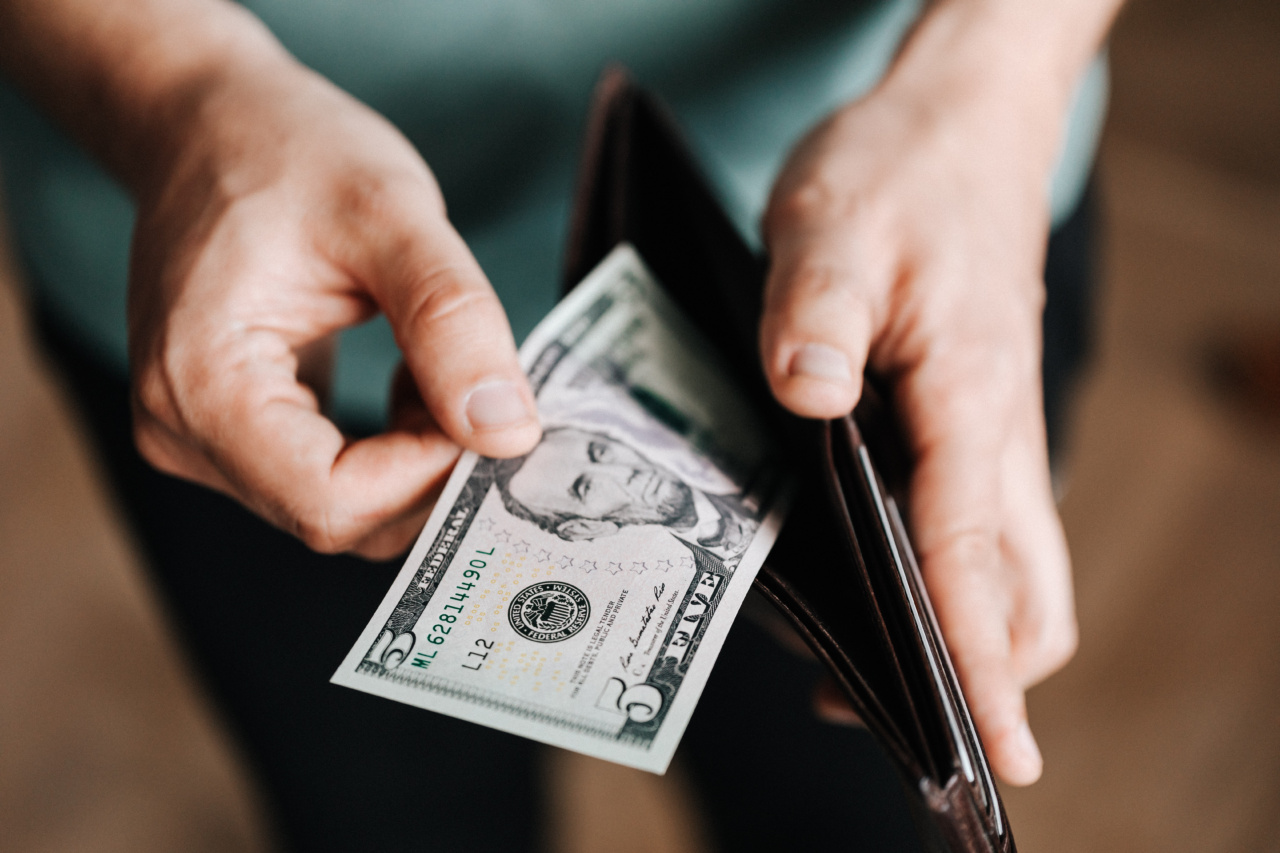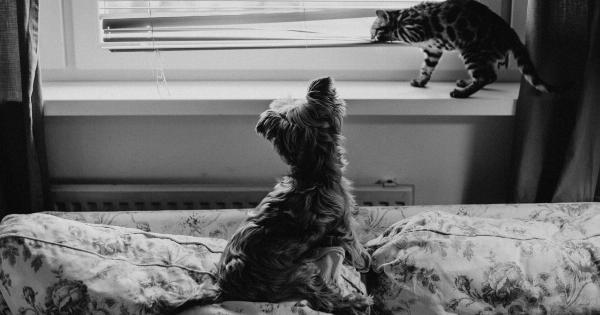Dogs are known for their mischievous behavior and occasional naughtiness. Whether it’s chewing on shoes, digging up the garden, or jumping up on guests, dealing with a naughty dog can be frustrating and challenging.
However, as responsible dog owners, it is our duty to understand and address their behavior issues. In this article, we will explore effective strategies to take responsibility for our dog’s naughty behavior and help them change for the better.
Understanding the Root Cause
Before we can effectively address and change our dog’s naughty behavior, it’s essential to understand the underlying causes. Dogs may act out due to boredom, lack of exercise, fear, anxiety, or seeking attention.
Each naughty behavior serves a purpose for them, be it relieving stress, seeking stimulation, or obtaining a desired outcome. By identifying the root cause, we can tailor our approach accordingly.
Positive Reinforcement Training
One of the most effective methods to change a dog’s behavior is through positive reinforcement training. Dogs thrive on rewards and praise, so by rewarding desirable behavior, we promote positive change.
Whenever your dog exhibits good behavior, such as obeying commands, being calm, or showing self-control, reward them with treats, affection, or playtime. This creates a positive association and motivates them to repeat the behavior.
Consistency is Key
Consistency is crucial when addressing naughty behavior in dogs. Dogs thrive on routine and clear boundaries. Ensure that everyone in the household follows the same rules and consistently enforces them.
Inconsistency can confuse the dog and hinder their progress. Establish a set of rules and expectations for your dog and make sure they are consistently reinforced.
Redirect and Replace Negative Behavior
Instead of punishing or scolding your dog for their naughty behavior, it is often more effective to redirect and replace it with a more appropriate alternative.
For example, if your dog is chewing on furniture, provide them with designated chew toys and praise them when they use them. If they jump up on guests, teach them an alternative behavior, such as sitting for attention. By redirecting their energy and providing alternatives, you can gradually eliminate the naughty behavior.
Physical and Mental Stimulation
Dogs often display naughty behavior when they are bored or under-stimulated. Ensure that your dog receives plenty of physical exercise and mental stimulation to keep them engaged and content.
Regular walks, playtime, and puzzle toys can help expend their energy and prevent them from resorting to destructive or attention-seeking behavior.
Seek Professional Help
If you are struggling to address your dog’s naughty behavior on your own, seeking professional help is always an option.
Dog trainers and behaviorists specialize in dealing with various behavior issues and can provide customized guidance based on your dog’s specific needs. They can help analyze the root causes, design a behavior modification plan, and provide ongoing support throughout the process.
Reward-Based Desensitization
If your dog displays naughty behavior due to fear or anxiety, a reward-based desensitization approach can be beneficial. Gradually expose your dog to the stimuli that trigger their fear or anxiety, starting with minimal intensity.
Pair each exposure with rewards, such as treats or praise. Over time, increase the intensity of the stimuli while continuing to reward positive and calm behavior. This helps your dog develop a positive association and reduces their negative response.
Set Realistic Expectations
It’s important to set realistic expectations when working on changing your dog’s behavior. Behavior change takes time, patience, and consistency.
While some dogs may show immediate progress, others may require more time to unlearn the naughty behavior and develop new habits. Celebrate every small step forward, and don’t get discouraged by setbacks along the way. With perseverance and consistent effort, you can help your dog become a well-behaved member of the family.
Provide a Safe and Enriched Environment
An enriched environment can significantly reduce naughty behavior in dogs. Ensure that your dog has a comfortable and safe living space with access to appropriate toys, beds, and hiding spots.
Create opportunities for them to engage in natural behaviors, such as digging or chewing, by providing designated areas or toys. Additionally, ensure that your dog feels secure and loved, as this helps reduce anxiety-related behaviors.
Be a Calm and Assertive Leader
Dogs respond best to calm, assertive leadership. When addressing your dog’s naughty behavior, maintain a calm and composed demeanor.
Avoid yelling, scolding, or using physical punishment, as this can escalate the situation and damage the trust between you and your dog. Instead, focus on positive reinforcement, redirecting behavior, and setting clear boundaries in a calm and assertive manner.
Conclusion
Having a naughty dog can be challenging, but with the right approach and commitment, their behavior can be changed.
By taking responsibility, understanding the root cause of their naughty behavior, and implementing positive reinforcement training techniques, you can guide your dog toward more desirable behavior. Remember to be patient, consistent, and seek professional help if needed. With time and effort, you can transform your naughty dog into a well-behaved, happy companion.


























